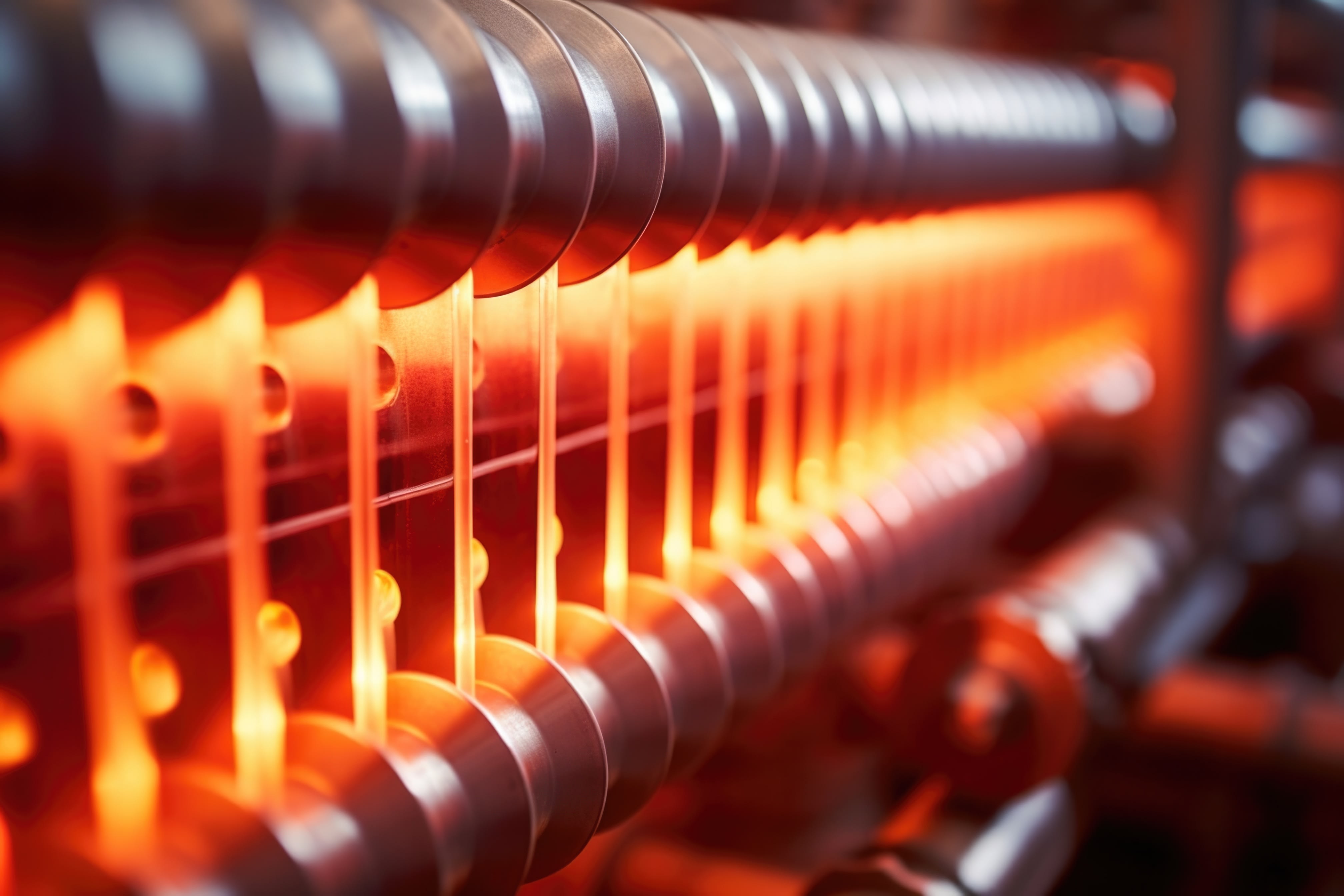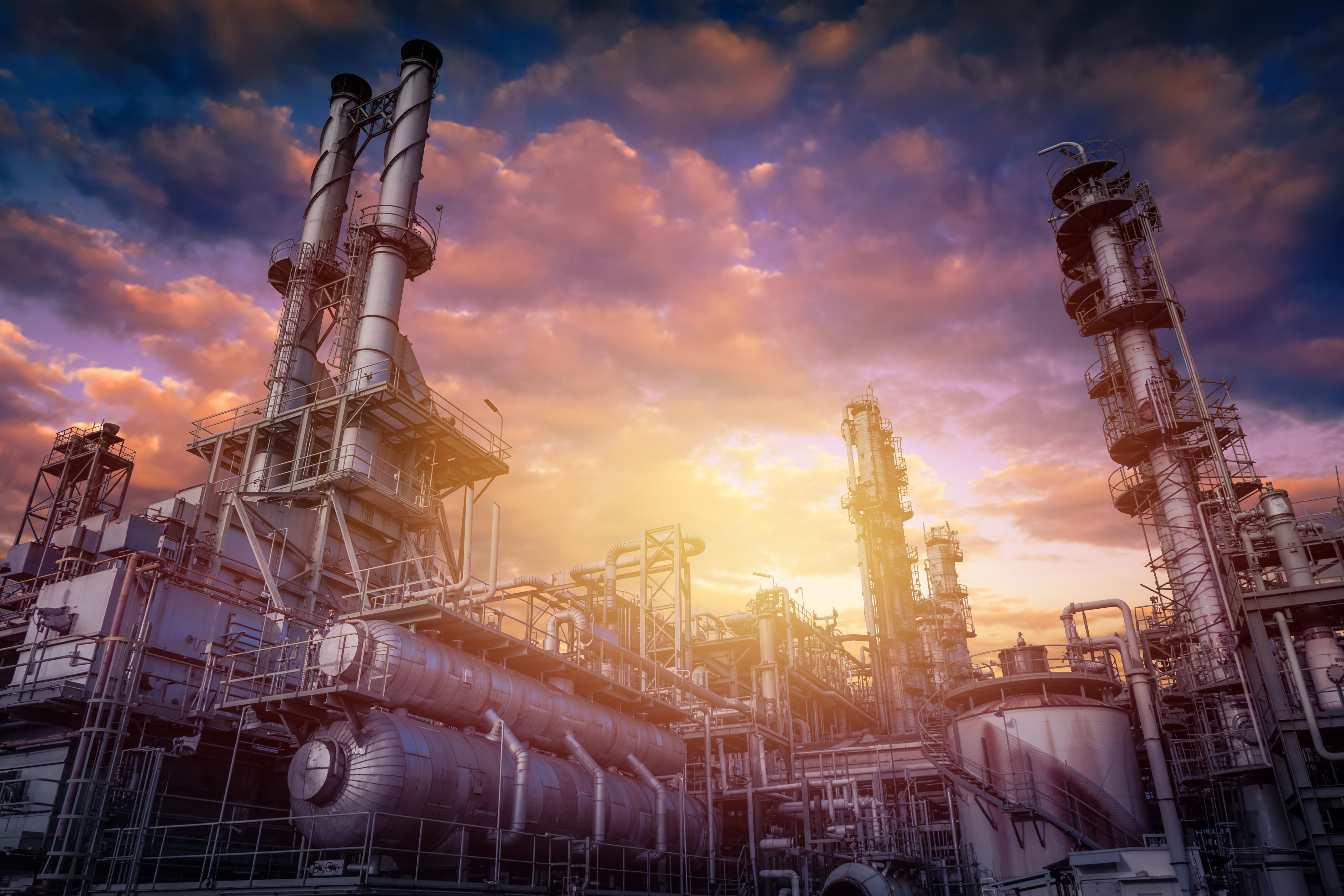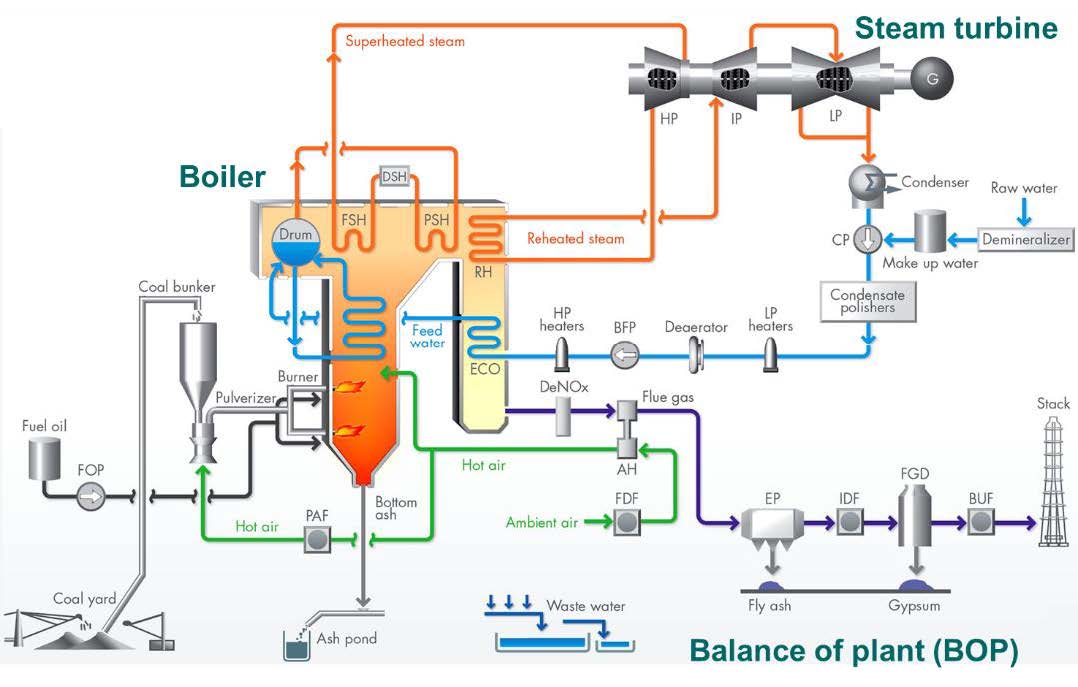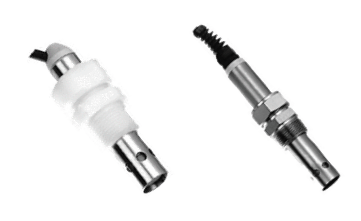Introduction

 Steam is used throughout the world as a means of producing energy. Steam is converted back to water in condensers and further cooling in Heat Exchangers. Heat exchangers are widely used in space heating, refrigeration, air conditioning, power plants, chemical plants, petrochemical plants, petroleum refineries, and natural gas processing. Heat exchangers are devices that provide the flow of thermal energy between two or more fluids at different temperatures. Heat exchangers are used in a wide variety of applications. These include power production; process, chemical and food industries; electronics; environmental engineering; waste heat recovery; manufacturing industry; and air-conditioning, refrigeration, and space applications.
Steam is used throughout the world as a means of producing energy. Steam is converted back to water in condensers and further cooling in Heat Exchangers. Heat exchangers are widely used in space heating, refrigeration, air conditioning, power plants, chemical plants, petrochemical plants, petroleum refineries, and natural gas processing. Heat exchangers are devices that provide the flow of thermal energy between two or more fluids at different temperatures. Heat exchangers are used in a wide variety of applications. These include power production; process, chemical and food industries; electronics; environmental engineering; waste heat recovery; manufacturing industry; and air-conditioning, refrigeration, and space applications.
The heat exchanger may be classified according to the following main criteria: Recuperators/ regenerators; transfer processes: direct contact and indirect contact; the geometry of construction: tubes, plates, and extended surfaces; heat transfer mechanisms: single-phase and two-phase; flow arrangements: parallel-, counter-, and crossflows. One common example of a heat exchanger is the radiator in a car, in which a hot engine-cooling fluid, like antifreeze, transfers heat to air flowing through the radiator.
Since steam is used to produce energy, corrosion of the heat exchanger is a constant maintenance problem. The use of corrosion-resistant metals and improved methods of water treatment have minimized the effect of corrosion on the steam side of the heat exchanger, but corrosions on the process side remains a serious problem.
Exchanger Leakage
 Corrosion on the process side causes the heat exchanger tubing to mechanically fail, allowing the process fluid to leak into the condensate return line. This can cause serious damage to the boiler. Therefore, it is necessary to monitor the condensate downstream of the heat exchanger and to dump the condensate as soon as it shows signs of contamination.
Corrosion on the process side causes the heat exchanger tubing to mechanically fail, allowing the process fluid to leak into the condensate return line. This can cause serious damage to the boiler. Therefore, it is necessary to monitor the condensate downstream of the heat exchanger and to dump the condensate as soon as it shows signs of contamination.
An excellent indication of contamination can be obtained by measuring the conductivity of the condensate, because pure condensate has a very low conductivity value, 1 to 10 µS, while contaminates (typically salts, acids or alkalis) that are introduced when leakage occurs have a significantly higher conductivity value. Because of the sizeable differences in values, even the slightest leak will sharply increase the conductivity reading. Any marked increase in the conductivity of the condensate indicates that leakage is present, and the condensate should be sent to drain.

For best results in leak detection, you need to measure a couple of things: sample conductivity range, contaminant conductivity, and how fast the sample conductivity can change relative to the time thru the leak source. As shown in the simplified diagram below, the conductivity instrument can be utilized to directly control the dumping of contaminated condensate. A single point conductivity analyzer (SC450G) can be located downstream of the heat exchanger, and utilize a high alarm relay to trigger the value. Another option is to use a dual input conductivity analyzer (DC402G) with one sensor upstream of the heat exchanger and one downstream. The built-in deviation calculation of the analyzer can be used to alarm, or activate a valve when the downstream conductivity deviates significantly from the upstream conductivity, This method compensates for a variance in the condensate conductivity.
Summary
Measurement and control of heat exchanger leakage can help prevent costly maintenance, repair and downtime. The simple, essentially maintenance-free measurement of condensate conductivity will give the operator necessary information (or provide automatic control) to prevent severe damage to the boiler should a breakthrough of the heat exchanger occur.
Product Recommendations
Conductivity Measurement System:
 Process Liquid Analyzer:
Process Liquid Analyzer:
2-wire FLXA202 Contacting Conductivity Analyzer
4-wire FLXA402 Contacting Conductivity Analyzer
Sensor Selection:
Analog and Digital SMART sensors are available. Analog options allow users to interface with a system that has been used historically. SENCOM™ technology, which allows sensors to transmit and receive data when connected to a transmitter/analyzer or any PC. The SMART digital sensors maintain specific measurement and calibration data on an integrated chip along that is an integral part of the sensor providing easy plug and play solutions. Data management software to optimize the performance of sensors for enhanced reliability and process safety.
 Option #1:
Option #1:
SC42-S*34 Large-bore conductivity sensor (fittings available for flow-thru, Insertion, or immersion installations)
 Option #2:
Option #2:
SC4A Conductivity sensor (fittings available for insertion, sanitary, or retractable installations.)
 Digital SMART Option:
Digital SMART Option:
The re-usable smart adapter, SA11, offers full measuring parameter functionality of analog sensors equipped with a Variopin connector and Yokogawa ID chip. The SA11 automatically recognizes the installed sensor and prepares the right configuration.
Industries
-
Base Chemical
Yokogawa has been serving the bulk chemical market globally and is the recognized leader in this market. With products, solutions, and industry expertise, Yokogawa understands your market and production needs and will work with you to provide a reliable, and cost-effective solution through the lifecycle of your plant.
-
Chemical
Chemical plants rely on continuous and batch production processes, each posing different requirements for a control system. A continuous process calls for a robust and stable control system that will not fail and cause the shutdown of a production line, whereas the emphasis with a batch process is on having a control system that allows great flexibility in making adjustments to formulas, procedures, and the like. Both kinds of systems need to be managed in available quality history of product, and to be able to execute non-routine operations. With its extensive product portfolio, experienced systems engineers, and global sales and service network, Yokogawa has a solution for every plant process.
-
Food & Beverage
The food and beverage industry must produce safe, high-quality foods and beverages for consumers. In addition to quality control, the manufacturing processes include many challenges such as managing ingredients, improving efficiency and handling global environmental issues. Yokogawa leverages its decades of technological expertise to help customers build and operate the ideal factory.
-
Oil & Gas
Yokogawa has a wealth of experience in every part of the oil and gas business, from offshore and onshore facilities to pipelines, terminals, and deepwater operations. We provide solutions that enhance safety, ensure accurate and reliable operation, and increase plant efficiency.
-
Pulp & Paper
The paper and pulp industry is highly competitive and must meet ever-changing market needs. Yokogawa helps realize energy-efficient plants which are globally sustainable.
-
Refining
In the ever-changing marketplace, refineries are seen not only as crude processing units but also as profit centers. At the same time, there is a keen awareness of the need for safety at such facilities. A total production solution that encompasses planning, scheduling, management, and control is required to achieve long-term goals for profitability, efficiency, and environmental protection. With years of expertise in the automation field, Yokogawa can bring you affordable total solutions for improved operability and a cleaner world.
Related Products & Solutions
-
2-Wire 24VDC Contacting Transmitter / Analyzer SC202
Designed for 2-wire (loop powered) system configuration. Standard mA (4-20), HART, Profibus, and Foundation Fieldbus communication available.
-
2-Wire Transmitter/Analyzer FLXA21
The FLEXA™ series analyzers are used for continuous on-line measurements in industrial installations. With an option for single or dual sensor measurement, they are the most flexible two-wire analyzer available.
-
Digital SMART SENCOM™ Adapter, SA11
Reusable SMART adapter, requiring only the analog sensor to be disposed of when it reaches the end of its lifetime. With the SENCOM 4.0 platform, Yokogawa delivers reduced costs and waste while contributing to its long-term business goals of a sustainable future for all.
-
Multi Channel 4-Wire Analyzer FLXA402
The FLEXA™ series analyzers are modular-designed analyzers used for continuous online measurements in industrial installations. They offer single or multi-sensor measurement.
-
Conductivity Analyzers
- Conductivity analyzers, meters, transmitters
- Continuous process measurement and monitoring
- Conductivity, resistivity, WIFI, demineralizer water, RO water, percent concentration, boiler blowdown, TDS
-
Conductivity Sensors
- Conductivity sensors and electrodes
- Process conductivity, resistivity, WIFI, demineralizer water, RO water, percent concentration, boiler blowdown, and TDS
- Retractable, flow thru, immersion, and direct insertion
-
SENCOM™ SMART Digital Sensors
- SENCOM™ SMART Digital Sensors
- Maintain specific measurement/calibration data on integrated chip
- Data exchanged between sensor and process transmitter or PC using data management software like SPS24
Have Questions?
Contact a Yokogawa Expert to learn how we can help you solve your challenges.